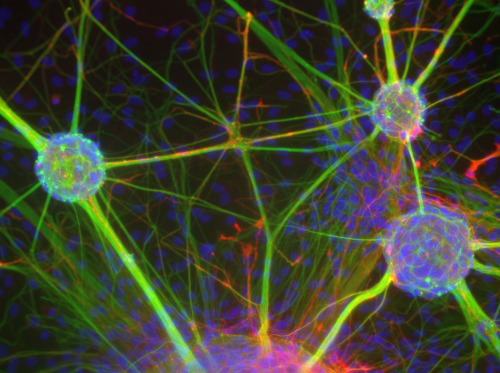Ну, в общем, читайте: экстази и память, некоторые новые данные.
Though ecstasy is known to cause health risks such as depression, sleep problems, severe anxiety and increasing other drug cravings, there has been a considerable amount of debate questioning whether or not government officials have over-reacted to ecstasy.
Though ecstasy is known to cause health risks such as depression, sleep problems, severe anxiety and increasing other drug cravings, there has been a considerable amount of debate questioning whether or not government officials have over-reacted to ecstasy.










